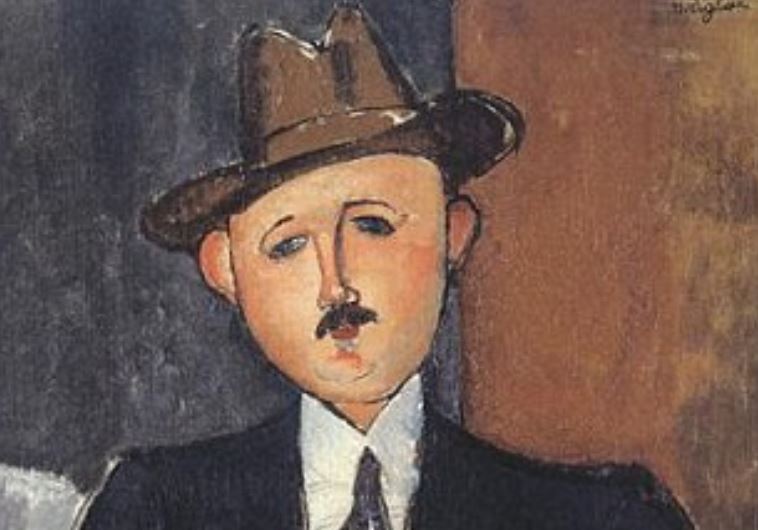Nazi-looted painting sequestered after owner outed in Panama Papers
"Seated Man with a Cane," a highly valuable painting by Amedeo Modigliani, was revealed to be owned as an offshore asset.
 Amedeo Modigliani, Seated Man with a Cane (1918).(photo credit: Wikimedia Commons)Updated:
Amedeo Modigliani, Seated Man with a Cane (1918).(photo credit: Wikimedia Commons)Updated: